When it comes to owning a musical instrument, the question of maintenance always arises. If you are considering purchasing an electric piano, you may be wondering, do electric pianos need tuning? Well, the good news is that electric pianos do not require tuning like their acoustic counterparts.
Digital pianos, which are a type of electric piano, use pre-recorded sounds instead of strings and hammers. This means that there are no physical components that can go out of tune over time. The sounds produced by a digital piano are digitally recorded or sampled from a high-quality acoustic piano, ensuring consistent and accurate tuning every time you press a key.
So, whether you are a beginner just starting your musical journey or a professional musician looking for a low-maintenance instrument, an electric piano is the perfect choice. Say goodbye to the hassle and cost of regular tuning and enjoy the convenience and reliability of a digital instrument.
Key Takeaways:
- Electric pianos do not require tuning like acoustic pianos do.
- Digital pianos use pre-recorded sounds, eliminating the need for regular tuning.
- The sound of a digital piano is digitally recorded or sampled from an acoustic piano.
- Electric pianos are maintenance-free and provide consistent and accurate tuning.
- For a low-maintenance option, consider choosing an electric piano.
The Advantages of Digital Pianos Over Acoustic Pianos
When it comes to choosing a piano, digital pianos offer several advantages over their acoustic counterparts. One of the main advantages is that digital pianos do not require regular tuning like acoustic pianos do. This means that you won’t have to spend time and money on piano maintenance, such as scheduling tuning appointments or hiring a piano technician.
Another advantage of digital pianos is their adjustable volume levels. With a digital piano, you have the option to practice with headphones, allowing for quiet and undisturbed practice sessions. This is particularly beneficial for those who live in apartments or shared living spaces where noise may be a concern. Additionally, the ability to adjust the volume allows for more dynamic playing, giving you greater control over the sound output.
Furthermore, digital pianos offer a wide variety of instrumental sounds and features that enhance the learning process. Many digital pianos come with built-in metronomes, which are invaluable tools for improving rhythm and timing. They also often include recording functionality, allowing you to listen back to your performances and track your progress. Some digital pianos even come with additional features like built-in lesson modes and connectivity options, enabling you to connect your piano to external devices for further exploration and creativity.
Comparison of Digital and Acoustic Pianos
To further illustrate the advantages of digital pianos over acoustic pianos, here is a table summarizing the key differences between the two:
| Aspect | Digital Pianos | Acoustic Pianos |
|---|---|---|
| Tuning | Do not require tuning | Require regular tuning |
| Volume Control | Adjustable volume levels | Fixed volume levels |
| Sound Production | Digitally recorded or sampled sounds | Vibrating strings struck by hammers |
| Portability | Generally more portable and lightweight | Heavier and less portable |
| Price | Typically more affordable | Generally more expensive |
As you can see, digital pianos offer convenience, versatility, and affordability compared to acoustic pianos. Whether you are a beginner looking to start your musical journey or an experienced pianist seeking a low-maintenance instrument, a digital piano may be the perfect choice for you.
Understanding Acoustic Pianos
Acoustic pianos, including grand pianos and upright pianos, are traditional instruments that produce sound through vibrating strings that are struck by hammers. These pianos are known for their rich, resonant tones and expressive touch, making them popular choices for professional musicians and music enthusiasts. Understanding the construction and characteristics of acoustic pianos can provide valuable insights into their unique qualities.
Grand Pianos
Grand pianos are often seen in concert halls and prestigious venues. They feature a horizontal soundboard, which enhances sound projection and allows for greater tonal range and depth. Grand pianos come in various sizes, with concert grands being the largest and most impressive in terms of sound quality and performance capabilities. The size of a grand piano can range from around 5 feet to over 9 feet, with each size offering its own sonic characteristics.
Upright Pianos
Upright pianos, also known as vertical pianos, are more commonly found in homes and music studios. They have a vertical soundboard and a compact design, making them suitable for spaces with limited floor area. Upright pianos come in different sizes, including full-size, studio, console, and spinet. The size and construction of an upright piano can affect its sound quality and overall performance. Full-size upright pianos are known for their rich, resonant tones, while smaller models like the spinet piano are ideal for beginners and casual players.
Piano Construction
Acoustic pianos are meticulously crafted instruments with intricate internal mechanisms. The key components include the soundboard, strings, hammers, and the action mechanism. The soundboard amplifies the vibrations of the strings, while the hammers strike the strings to produce sound. The action mechanism consists of keys, levers, and other mechanical components that transmit the player’s touch to the hammers, allowing for dynamic control over the volume and tone of the piano. The quality and craftsmanship of these components greatly influence the overall sound and performance of an acoustic piano.
| Acoustic Piano Type | Features | Sound Quality | Space Requirements |
|---|---|---|---|
| Grand Piano | Horizontal soundboard, extensive tonal range | Rich, resonant, powerful | Requires significant floor space |
| Upright Piano | Vertical soundboard, compact design | Versatile, suitable for various music styles | Requires less floor space compared to grand pianos |
Exploring Digital Pianos
When it comes to digital pianos, there is a wide variety of options available in the market. These instruments use advanced technology to replicate the sound and feel of acoustic pianos, making them a popular choice for musicians and enthusiasts alike. Unlike acoustic pianos, digital pianos do not have hammers or strings. Instead, they rely on digitally recorded or sampled piano sounds, which are then reproduced when the keys are pressed.
There are different types of digital pianos to suit various needs and preferences. One type is the stage piano, which is often used by professional musicians during live performances. These pianos offer a wide range of sounds, effects, and features that can be customized to create unique performances. Portable keyboards, on the other hand, are compact and lightweight, making them ideal for beginners or musicians who are always on the go. They are equipped with essential features and functions, such as touch-sensitive keys and built-in speakers.
For those who prefer the look and feel of an acoustic piano, there are console-style digital pianos available. These instruments closely resemble traditional upright or grand pianos in terms of design, with a cabinet and built-in pedals. Console-style digital pianos often come with a wider range of features, including more advanced sound systems and connectivity options.
Types of Digital Pianos
To better understand the different types of digital pianos, let’s take a closer look at some of the key features:
| Type | Description |
|---|---|
| Stage Pianos | Designed for professional use during live performances. They offer a wide range of sounds, effects, and customization options. |
| Portable Keyboards | Compact and lightweight, suitable for beginners and musicians on the go. They often come with essential features and functions. |
| Console-Style Digital Pianos | Resemble traditional upright or grand pianos in design. They offer a more authentic piano experience and come with advanced features. |
Overall, digital pianos provide a convenient and versatile alternative to acoustic pianos. They offer a wide range of features, customizable settings, and high-quality sound samples. Whether you’re a professional musician, a beginner, or someone who simply enjoys playing the piano, there is a digital piano that can meet your needs.
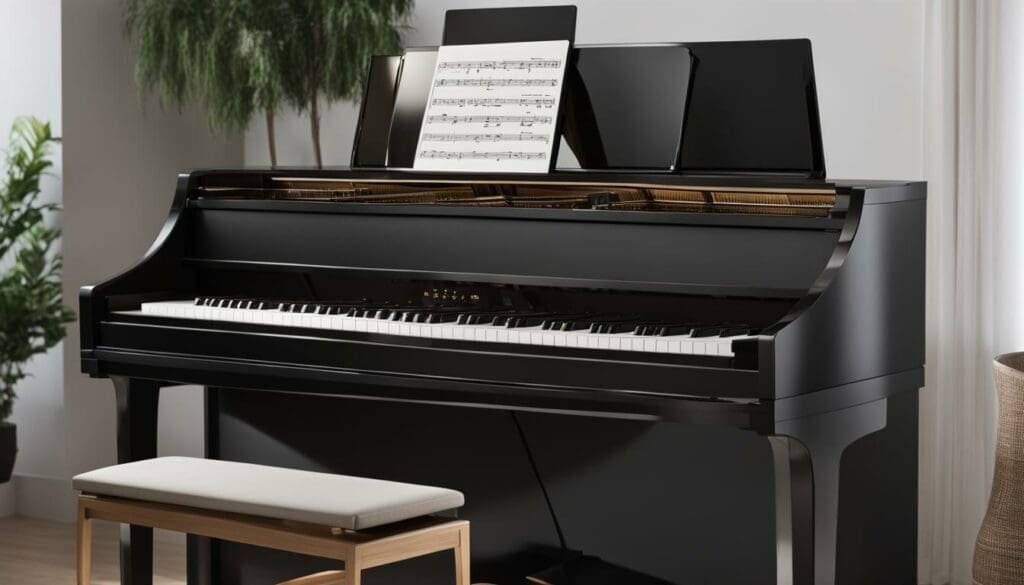
Differences Between Digital and Acoustic Pianos
When comparing digital and acoustic pianos, there are several key differences to consider. These differences include sound production, action, tuning, portability, volume control, and price.
Sound Production
One of the main distinctions between digital and acoustic pianos is the way they produce sound. Acoustic pianos generate sound from vibrating strings that are struck by hammers, resulting in a rich and resonant tone. Digital pianos, on the other hand, use digitally sampled piano sounds to replicate the sound of an acoustic piano. While digital pianos strive to recreate the authentic piano sound, they may not fully replicate the nuances and depth of an acoustic piano.
Action
The action refers to the touch and responsiveness of the keys. Acoustic pianos typically have a more tactile and responsive feel, as pressing the keys activates a mechanical action that triggers the hammers to strike the strings. Digital pianos, on the other hand, use sensors or weighted keys to simulate the feel of an acoustic piano. While digital pianos can provide a realistic playing experience, some pianists may prefer the natural feel and response of an acoustic piano.
Tuning
Tuning is an essential aspect of maintaining an acoustic piano. Due to changes in humidity, temperature, and string tension, acoustic pianos require regular tuning to keep them in optimal condition and ensure accurate pitch. Digital pianos, however, do not require tuning as they use pre-recorded piano sounds that are always in tune. This eliminates the need for regular tuning and makes digital pianos more convenient in terms of maintenance.
Portability, Volume Control, and Price
Digital pianos are generally more portable and lightweight compared to acoustic pianos, making them suitable for musicians who need to transport their instrument frequently. In terms of volume control, digital pianos offer adjustable volume levels and the option to use headphones, allowing for practice without disturbing others. Acoustic pianos, on the other hand, have fixed volume levels and cannot easily be made quieter. Finally, digital pianos are typically more affordable compared to acoustic pianos, making them a popular choice for beginners and those on a budget.
| Aspect | Digital Pianos | Acoustic Pianos |
|---|---|---|
| Sound Production | Digitally sampled piano sounds | Vibrating strings struck by hammers |
| Action | Sensors or weighted keys | Mechanical action with hammers |
| Tuning | No tuning required | Regular tuning necessary |
| Portability | Lightweight and portable | Heavier and less portable |
| Volume Control | Adjustable volume levels and headphone use | Fixed volume levels |
| Price | Generally more affordable | Higher price range |
Ultimately, the choice between a digital piano and an acoustic piano depends on personal preference, budget, and specific needs. While acoustic pianos offer a traditional and authentic playing experience, digital pianos provide convenience, versatility, and affordability. Both types of pianos can offer a fulfilling musical journey, allowing pianists to explore their creativity and express themselves through the power of music.
Troubleshooting an Out-of-Tune Digital Piano
Although digital pianos do not require tuning, there may be instances where they seem slightly out of tune. This can be due to accidental transposition or other factors. To restore the tuning of your digital piano, there are a few troubleshooting steps you can take.
First, try manually transposing the piano back to its original tuning of 440 Hz. Most digital pianos have specific functions or buttons that allow you to adjust the pitch. Refer to your keyboard’s user manual or online resources for instructions on how to transpose it back to the standard tuning.
If manually transposing doesn’t resolve the issue, you can perform a factory reset on your digital piano. A factory reset will restore all the settings to their original state, which includes the tuning. Keep in mind that performing a factory reset will also erase any customized settings or presets you may have saved. Again, consult your user manual or the manufacturer’s website for instructions on how to perform a factory reset on your specific model.
It’s important to note that these troubleshooting steps are typically meant to address minor tuning issues. If your digital piano continues to have tuning problems or sounds significantly out of tune, it may be best to contact a professional repair shop or the manufacturer for further assistance.
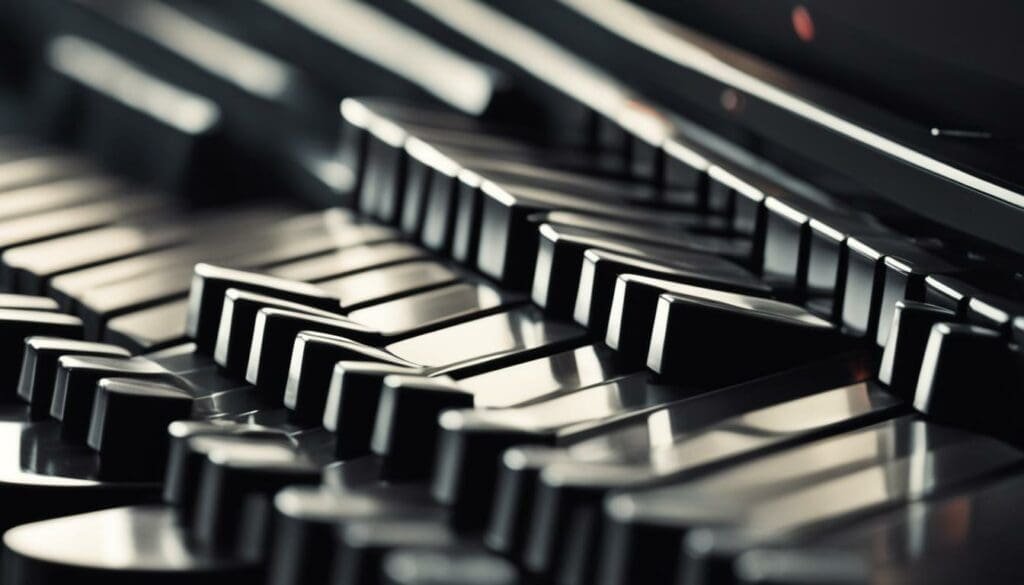
Possible Causes of Digital Piano Tuning Issues
- Accidental transposition
- Software glitch
- Damage to internal components
If you’re experiencing persistent tuning problems with your digital piano, it could be due to accidental transposition, a software glitch, or damage to the internal components. Accidental transposition can occur if you inadvertently press certain buttons or keys on the keyboard that change the pitch. In such cases, manually transposing or performing a factory reset should resolve the issue.
However, if the problem persists even after attempting these troubleshooting steps, it’s possible that there may be a software glitch in the piano’s system. In this case, contacting the manufacturer or a professional repair technician would be recommended for further assistance.
In rare cases, tuning issues could be a result of physical damage to the digital piano’s internal components. If you suspect that this may be the case, it’s best to have the instrument inspected and repaired by a qualified technician.
| Possible Causes | Troubleshooting Steps |
|---|---|
| Accidental transposition | Manually transpose or perform a factory reset |
| Software glitch | Contact the manufacturer or a professional repair technician |
| Damage to internal components | Have the instrument inspected and repaired by a qualified technician |
Conclusion
In conclusion, both digital pianos and acoustic pianos offer unique advantages and considerations when it comes to tuning. Digital pianos do not require tuning, making them maintenance-free and convenient for players of all levels. With digital pianos, you can focus on playing without worrying about keeping the instrument in tune.
Acoustic pianos, on the other hand, require regular tuning to maintain their optimal sound quality. The vibrations of the strings and the natural wear and tear on the components can cause the piano to go out of tune over time. Tuning an acoustic piano involves adjusting the tension of the strings to ensure accurate and harmonious notes.
When choosing the right piano for you, it’s essential to consider your specific needs and preferences. If you value convenience, affordability, and the ability to play at any volume, a digital piano is an excellent choice. If you appreciate the traditional sound, touch, and aesthetics of a real piano and are willing to invest in regular maintenance, then an acoustic piano may be the ideal option.
Ultimately, the decision between a digital piano and an acoustic piano depends on your personal preferences, playing style, and budget. So whether you choose a digital piano with its low maintenance and consistent tuning or an acoustic piano with its timeless charm and unique sound, both instruments can provide a satisfying musical experience for pianists of all levels.
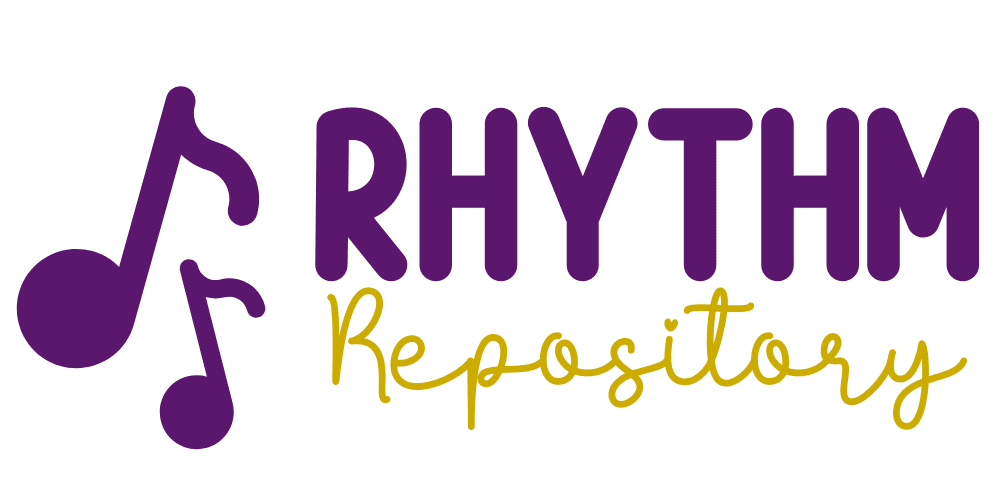
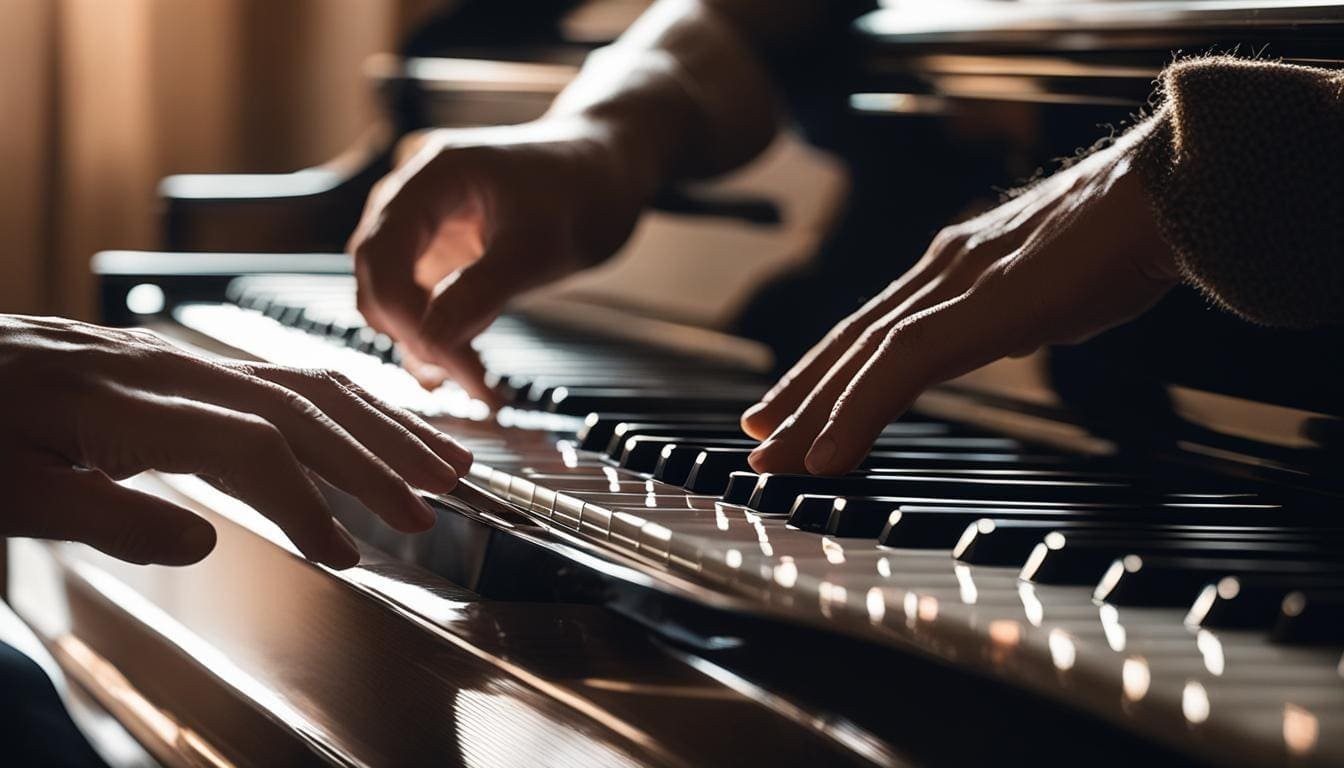
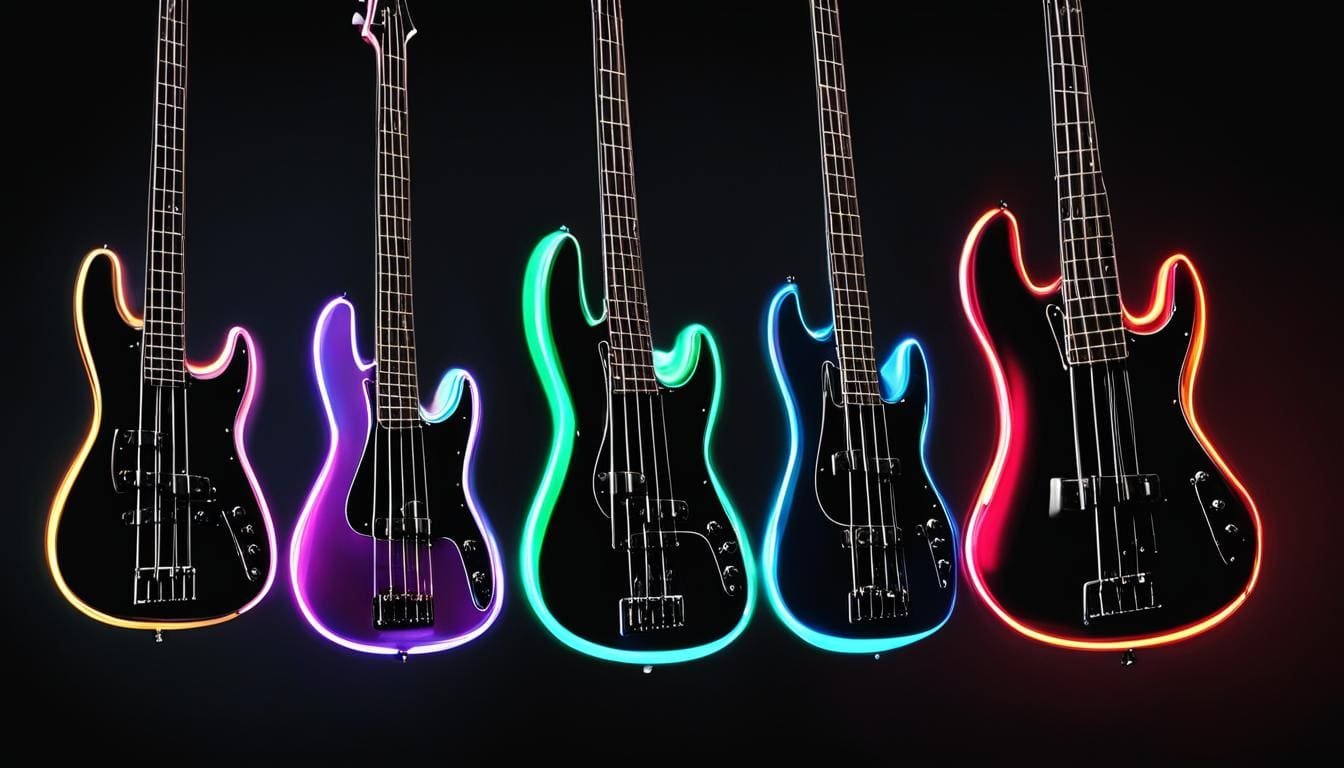
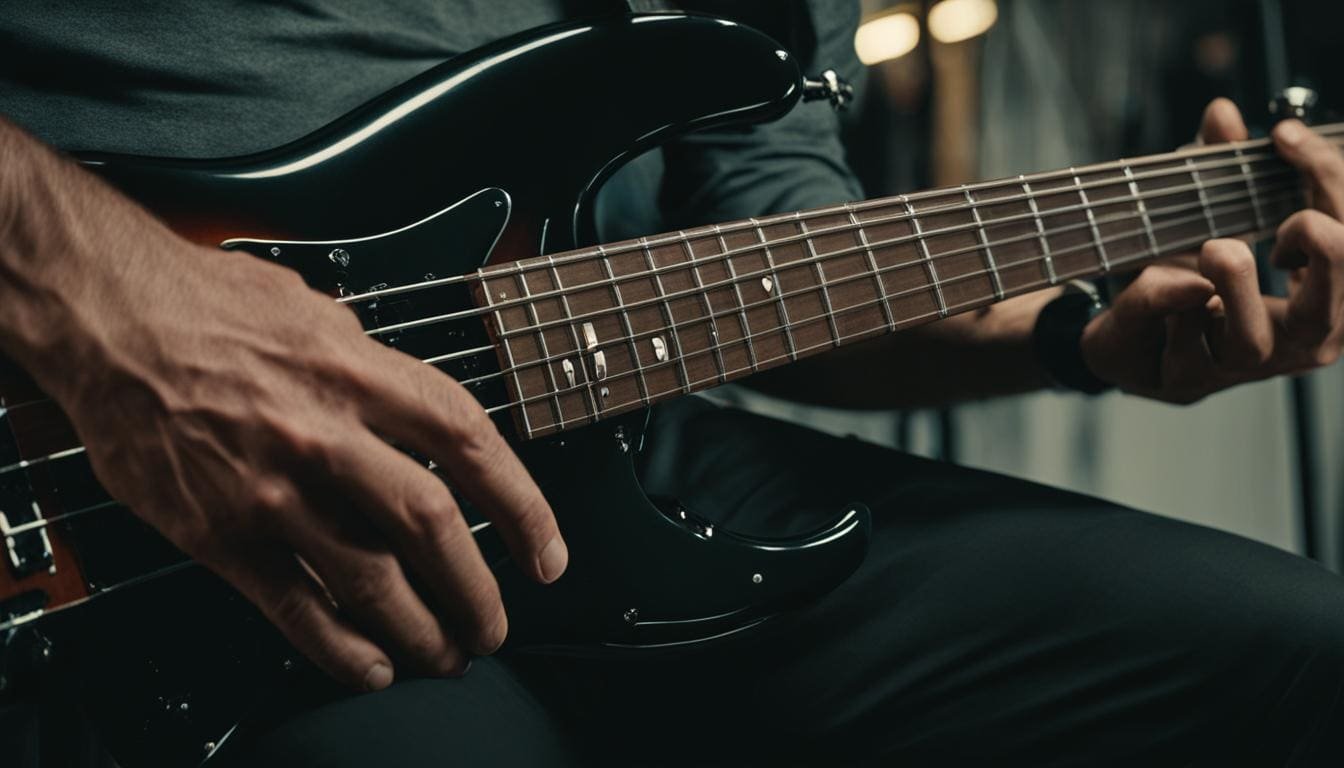

Leave a Reply